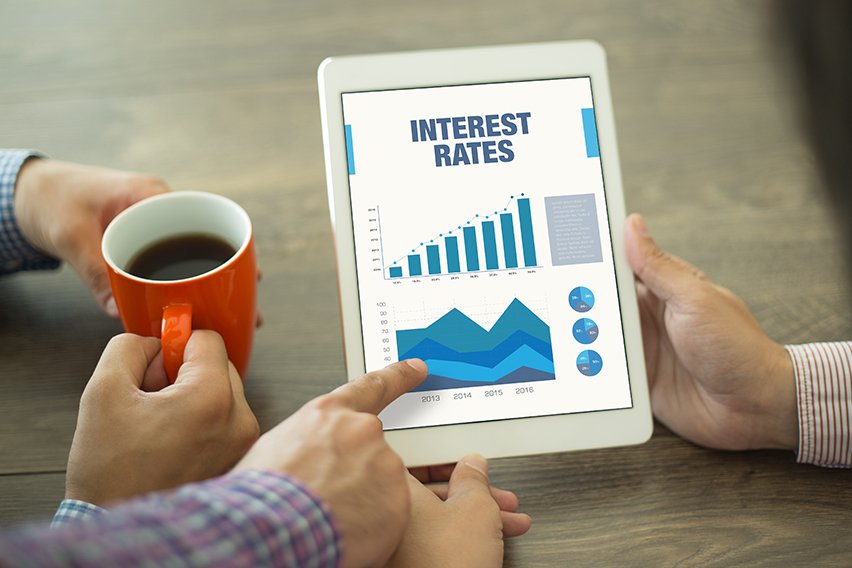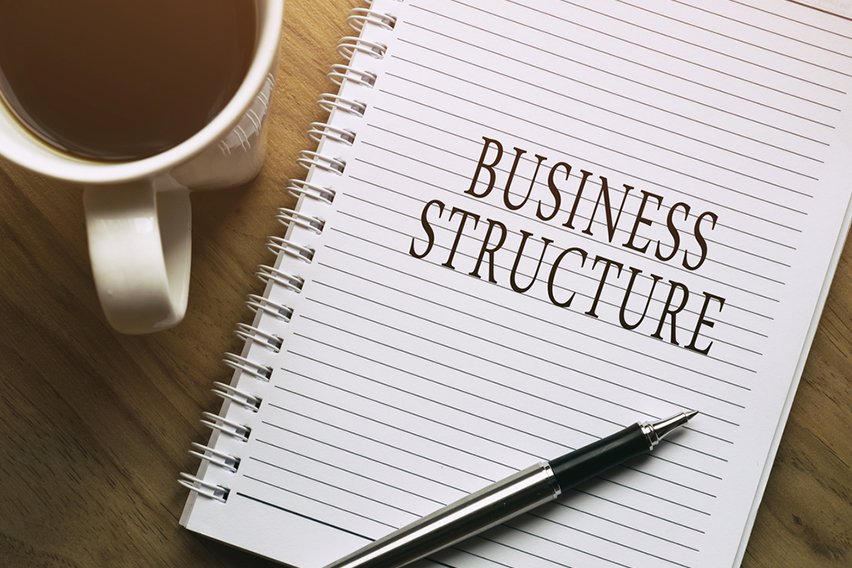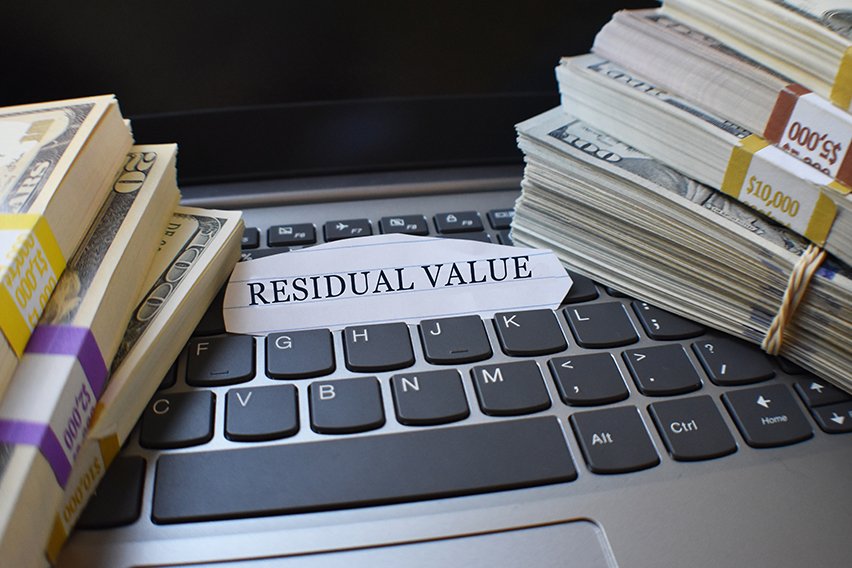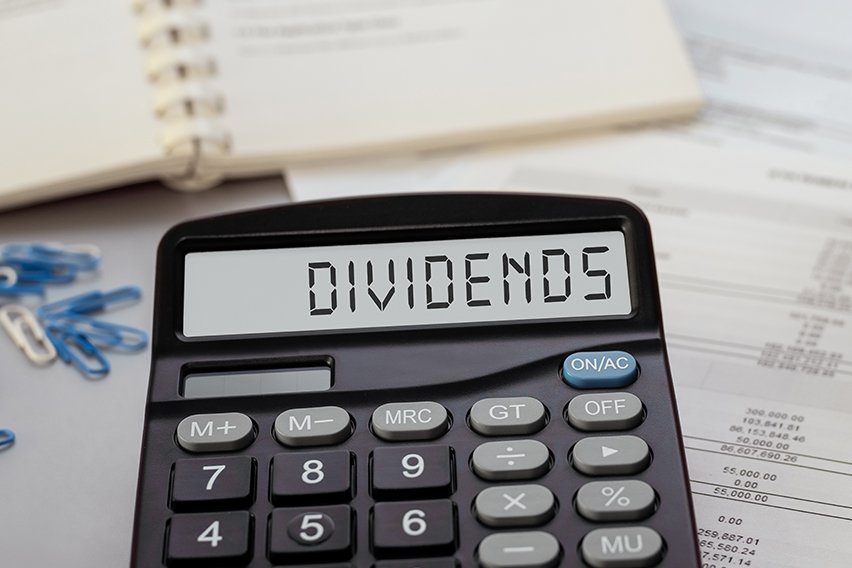What Is a Business Line of Credit?

When you’re running a small business, you need to keep a close eye on your cash flow.
Whenever you’re buying inventory, supplies or paying for an unexpected expense, your cash flow can suffer. Every small business needs to be adaptable, especially when you are going through a growth period or experiencing an uneven cash flow.
There can come a time where you don’t actually have enough liquid capital to pay for your expenses. When this happens, you need access to cash and a set of flexible terms for repaying borrowed capital. That’s where a business line of credit can come in handy.
But what exactly is a business line of credit? We’ll take a closer look at the definition and break down what it can be used for so that you can benefit your business.
Here’s What We’ll Cover:
How Do Business Lines of Credit Work?
How Could Your Business Benefit From a Business Line of Credit?
What Is the Difference Between a Secured and an Unsecured Line of Credit?
What Are the Pros and Cons of Getting a Business Line of Credit?
Business Line of Credit
A line of credit is a predetermined amount of capital that an entity can borrow from when they need access to funds. This money will be recorded and has to be paid back later.
While this may sound like a traditional term loan, you can actually use the funds and when you need them instead of having to take it in one lump sum. It’s perfect for businesses when they have to make purchases such as extra inventory, operating expenses or extra supplies.
A business line of credit doesn’t have a fixed monthly repayment. Instead, most lines of credit can be paid back at any time, without any early repayment charges.
One of the major differences between a traditional loan and a line of credit is that lines of credit are what’s known as “revolving”. This essentially means that you can use the funds up to the approved amount, and then repay what you’ve borrowed to make funds available to borrow again.
Loans on the other hand, are lump sums that are borrowed once, then repaid once with interest.

How Do Business Lines of Credit Work?
A line of credit is similar to having a credit card.
A bank or financial institution will approve you a set amount of financing which is similar to a credit limit. You can then draw from these finances at your discretion.
Once you’ve repaid what you’ve spent, you can continue to draw funds from your line of credit.
To give you an example: let’s say your business has been approved for a small business line of credit of $40,000. You decide to take a lump sum of $30,000 to help with several expenses, leaving $10,000 in the line of available funds.
Once you’ve paid back the $30,000 lump sum, you’ll have a full $40,000 available again without having to apply for a second loan.
While this is a common situation, not all lenders will operate a revolving policy. Some lenders will have you reapply to open up more funds. This tends to be an easy process, but is obviously more effort.
Your line of credit will most likely not have term lengths. This is as long as you have a good credit score and your lender believes you to be a responsible borrower. That means that you can withdraw and pay back funds indefinitely which can save you a huge amount of time and effort.
How Could Your Business Benefit From a Business Line of Credit?
Funds are the lifeblood of any business. You need access to capital in order to run everyday business operations.
The reality is that there are often times where you and your business don’t have access to enough working capital when you need it. This may be a time where you’re waiting for a client to pay off a large invoice or when you’re surprised by an unexpected expense.
Situations like this can negatively affect your cash flow and may even threaten the economic stability of your business.
This is where a business line of credit can come into use. You can handle financial challenges by simply taking money out of your line of credit. You can use this capital to pay off operational expenses then pay the money back at a later date.
A business owner will often use their lines of credit as a way of helping promote growth at a faster rate. For example, a business line of credit can be useful for situations such as:
- Purchasing new equipment
- Expanding your offices to a new location
- Purchasing extra inventory in preparation for a seasonal rise
- Hiring new employees to meet your growing demand and needs
Lines of credit are also extremely useful when you’re suffering from a negative experience. This could be things such as:
- A downturn in sales
- Work shortages
- Making payroll during a slow period
- Unexpected major expenses
What Is the Difference Between a Secured and an Unsecured Line of Credit?
A business line of credit can be split into two main categories: secured lines and unsecured lines.
What Is a Secured Business Line of Credit?
A secured business line of credit works by a lender asking a borrower to hedge their assets against the loan as a form of collateral.
This is a temporary liability. This means that the lender may accept things such as inventory or accounts receivable as a form of collateral. Most lenders won’t ask for serious assets such as equipment or real estate.
If the business fails to pay off the line of credit, then the lender will be able to seize the collateral as a form of payment.
What Is an Unsecured Line of Credit?
On the flip side, an unsecured line of credit does not require a borrower to put down any assets as collateral in order to receive the credit line. Most businesses will prefer to get an unsecured line of credit for obvious reasons, but it is a riskier strategy for the lender.
To offset this risk, lenders will typically ask for a higher bar to meet to have a change of the line of credit being approved. A borrower would have to have good personal credit, good business credit, and an established track record of generating a healthy amount of revenue.
An unsecured business line of credit may often give lower borrowing limits which are placed at a higher interest rate.

What Are the Pros and Cons of Getting a Business Line of Credit?
The Pros
Flexible Access
One of the main benefits of getting a credit line is that they are extremely flexible. Once you’ve been approved for your line of credit, you can withdraw funds at your discretion. You can then use them for whatever business purpose you need them for as long as it is a legitimate use.
Use Only Interest
Most lenders will only charge you interest on the portion of the funds that you withdraw. Meaning if you’re granted $60,000 but only end up borrowing $30,000 – you’ll only be charged interest on the $30,000.
Cultivating a Relationship
As a business owner, it can be extremely beneficial to be on good terms with a lender. Developing a good relationship means that you could get an increased lending limit. It can also mean you can draw on further finances for projects later down the line.
Building a Credit Rating
You can use your line of credit to help build a solid credit rating. Using your line carefully and consistently repaying on time or early will quickly showcase you as a trusted borrower. Though this is only if your lender reports back to credit bureaus.
The Cons
Complicated Application Process
Applying for a line of credit can sometimes be quite challenging. For example, applying for a line of credit from a major bank is not an easy process. You will most likely have to provide comprehensive financial statements and reports. This would include cash flow statements, tax returns and personal credit history.
Fees
While credit lines tend to have lower interest rates than a credit cards, you can still rack up a sizable bill. This could be due to withdrawal fees, maintenance fees or inactivity fees.
Be sure to check the terms and conditions of any credit line agreement before agreeing. This is to make sure you are missing any hidden fees.
Key Takeaways
Lines of credit are a great way for your business to get access to a healthy amount of funds. They have a lower interest rate than most credit card lenders and are extremely flexible.
Though as with any loan, there are drawbacks. So make sure that you are in a position where you can happily pay back any money that you borrow.
Are you looking for more business advice on everything from starting a new business to new business practices?
Then check out the FreshBooks Resource Hub.
RELATED ARTICLES

 What Is Interest Rate Parity (IRP)? An Overview
What Is Interest Rate Parity (IRP)? An Overview Business Structures Advantages and Disadvantages
Business Structures Advantages and Disadvantages What Is Residual Value & How to Calculate It?
What Is Residual Value & How to Calculate It? What Are Franked Dividends & How Does It Work?
What Are Franked Dividends & How Does It Work? The Complete Guide to Ceteris Paribus
The Complete Guide to Ceteris Paribus An Overview of Sensitivity Analysis
An Overview of Sensitivity Analysis